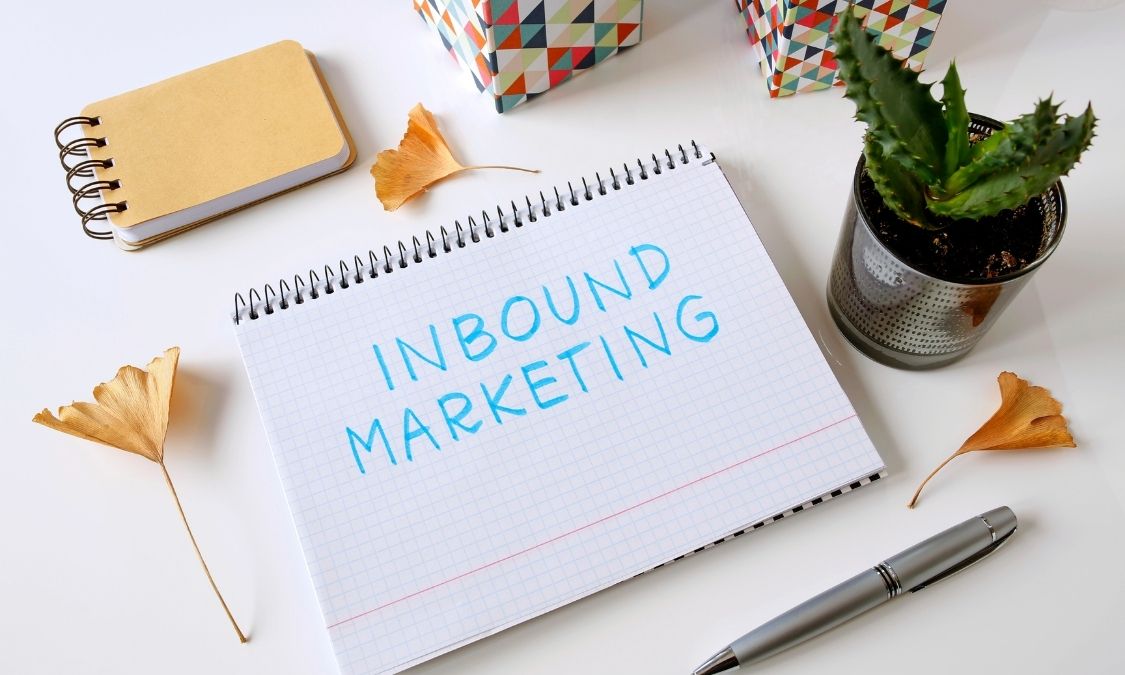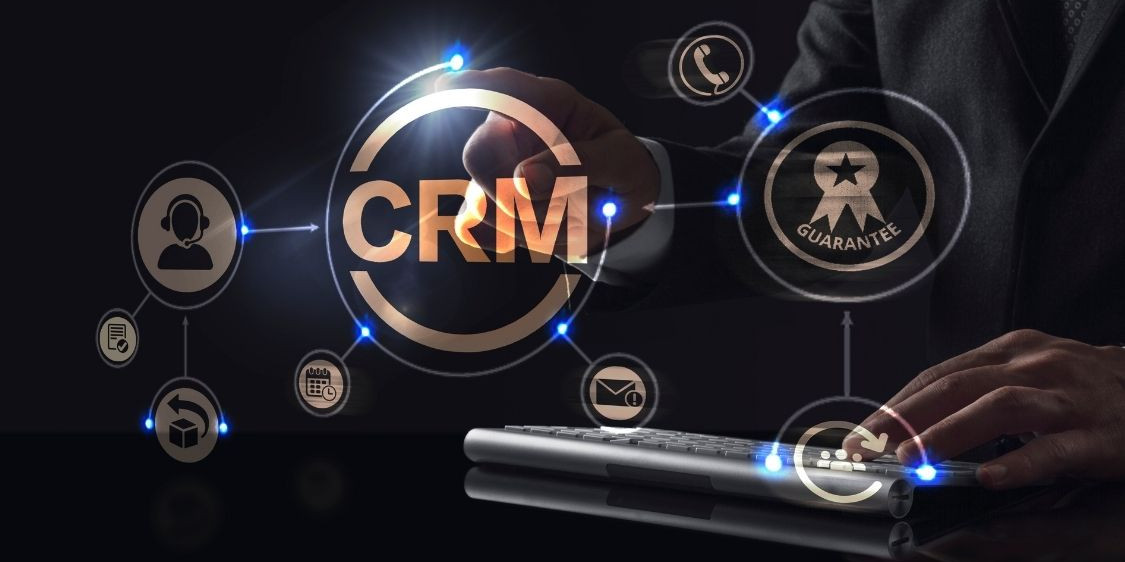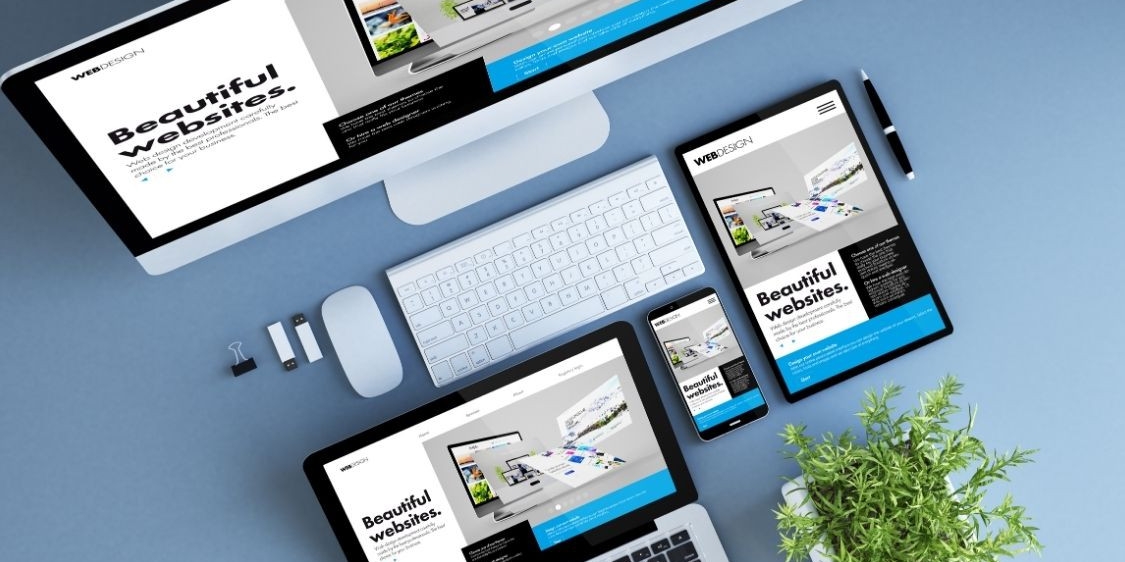When it comes to attracting customers, you have two paths: interrupt them, or attract them.
That’s the fundamental difference between traditional marketing and inbound marketing.
At Agile Digital Marketing, we’ve worked with dozens of small businesses and nonprofits stuck in the old model—spending money on ads, print, and outreach with little ROI. The moment they shift to inbound, results compound. Why? Because inbound earns attention instead of buying it.
This post breaks down both approaches and reveals why inbound is the smart, scalable growth strategy for the modern world.
What Is Traditional Marketing?

Traditional marketing refers to conventional methods of reaching audiences through outbound, one-way communication. This includes:
- Print ads (newspapers, magazines)
- TV and radio commercials
- Direct mail
- Billboards
- Telemarketing
- Cold calling
Core Characteristics:
- Interruptive
- Mass-market focused
- Difficult to track
- High cost per impression
- Short-term results
Example: You buy a full-page ad in a magazine hoping your target market happens to read it.
What Is Inbound Marketing?
Inbound marketing attracts your ideal customer by creating valuable content and experiences tailored to them. Rather than interrupting, it draws people in through helpful, relevant information.
Inbound channels include:
- Blogging & SEO
- Email nurturing
- Social media
- Webinars
- Lead magnets (guides, checklists)
- CRM & automation
Core Characteristics:
- Permission-based
- Targeted and measurable
- Cost-efficient
- Long-term ROI
- Builds trust over time
Example: You write a blog post answering a pain point your customer is Googling. They find it, read it, and sign up for your email list.
Inbound Marketing vs. Traditional Marketing: Key Differences
| Feature | Traditional Marketing | Inbound Marketing |
|---|---|---|
| Approach | Push / Interruption | Pull / Attraction |
| Audience Targeting | Broad | Specific personas |
| Cost | High upfront cost | Lower, scalable |
| Tracking | Difficult | Fully measurable |
| Longevity | Short-term | Evergreen value |
| Customer Relationship | Transactional | Relational |
| Adaptability | Fixed & rigid | Agile & responsive |
Why Inbound Wins in the Digital Era
- Consumers Control the Journey
People skip TV ads, block pop-ups, and ignore cold calls. Inbound meets them where they’re already searching—Google, YouTube, social platforms. - Better ROI Over Time
A single blog post or SEO-optimised landing page can drive traffic and leads for years. Traditional ads stop working the moment your budget ends. - Higher Trust = Higher Conversions
Inbound builds authority. Customers trust brands that teach, not just sell. - Performance is Measurable
With inbound, you can track:- Lead sources
- Customer journeys
- Email opens/clicks
- Funnel drop-off points
- ROI per channel
Traditional marketing? You’re mostly guessing.
When Traditional Still Has a Role (But Limited)
We’re not here to bury traditional methods—just to put them in their proper place.
Use traditional tactics sparingly when:
- Promoting a local event (e.g., radio or local print)
- Supporting a product launch with PR
- Retargeting in combination with digital campaigns
But rely on inbound for sustainable lead generation, lower cost per acquisition, and long-term growth.
The Agile Digital Marketing Approach

We don’t do “spray and pray.”
We build strategic inbound ecosystems that:
- Attract high-intent traffic
- Capture and nurture leads
- Convert leads into loyal customers
- Use CRM and automation to scale
Whether you’re a small business owner or a nonprofit leader, our inbound methodology aligns your marketing and sales for maximum ROI.
For those interested in learning more about strategic support for decision makers, this resource provides valuable insights and information on the topic.




